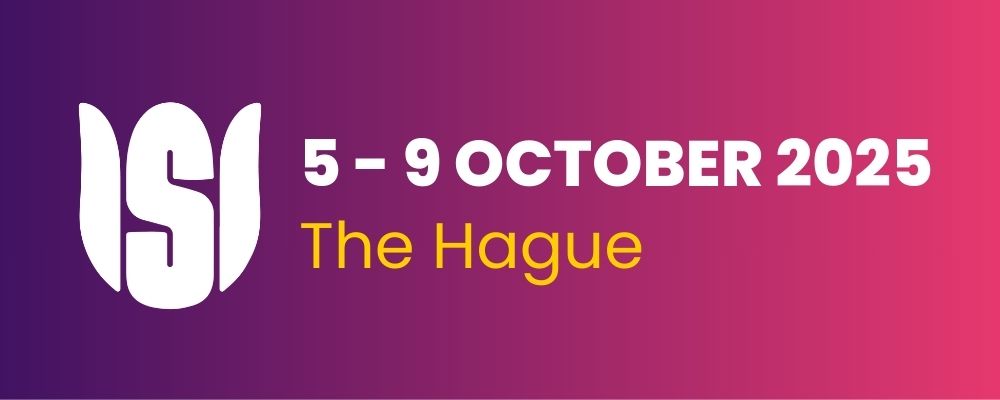The Project Method as an Innovative Way to Learn Statistics
Conference
Category: International Association for Statistical Education (IASE)
Proposal Description
The project method can be viewed from two perspectives, both emphasising its natural role in teaching and learning statistics.
Firstly, from a didactic standpoint, it involves structuring classroom learning efficiently, focusing on active learning methods such as “learning by doing,” with the teacher acting as a guide rather than a lecturer. Secondly, it aligns with the historical roots of statistics, which emerged from practical applications driving statistical developments. Some reasons for incorporating the project method into statistics education:
i. Active Learning: The project method promotes active learning by engaging students in hands-on, real-world projects, which can enhance their understanding and retention of statistical concepts compared to traditional lecture-based methods.
ii. Relevance to Professional Practice: By working on authentic statistical problems, students gain practical experience that prepares them for real-world applications in fields where statistics are used, such as data analysis, research, and decision-making.
iii. Enhanced Collaboration and Critical Thinking: Collaborative projects require students to work together, fostering teamwork, communication skills, and critical thinking as they analyse data, formulate hypotheses, and draw conclusions.
The didactic analysis shifts the focus from problem scenarios to the organisation of knowledge and its effective delivery. This includes leveraging the project method to engage students in meaningful learning experiences, demonstrating the practical relevance of statistical concepts to their future professional endeavours.
This session aims to elucidate the rationale behind the project method, exploring its challenges, benefits, and drawbacks in teaching and learning.
One aspect involves preparing students for their future careers, wherein project-based activities necessitate mentoring and feedback throughout. Real-world industry problems form the basis of these projects, fostering collaboration between students and industry partners.
Another facet concerns statistical educators integrating project work into their teaching practices. Following a didactic introduction, students (here, academic staff in teaching statistics) form groups, select topics, develop questions, analyse data, and assess their progress – a process that informs their future teaching approaches.
A third project mirrors (already completed) industrial projects, with the teacher assuming the role of a client introducing the context and the problems and students acting as statistical consultants.
These varied approaches underscore the distinctive nature of project-based learning compared to traditional classroom settings. Both teachers and students must adapt their roles to maximise its effectiveness. However, the potential of the project method is substantial, as evidenced by the projects showcased in this session.
If not covered in the presentations, the discussion might focus on the following key issues:
1. Implementation Strategies: Exploring effective methods for integrating project-based learning into statistics education, including considerations for curriculum design, assessment, and student support.
2. Challenges and Solutions: Discussing common challenges faced when adopting the project method in statistics education, such as resource constraints, student resistance, and logistical issues, along with strategies for overcoming these challenges.
3. Impact and Evaluation: Assessing the effectiveness of the project method in improving student learning outcomes, engagement, and preparation for future careers in statistics-related fields. This may involve sharing research findings, case studies, and best practices for evaluating the impact of project-based learning initiatives.


